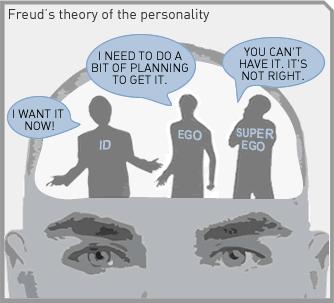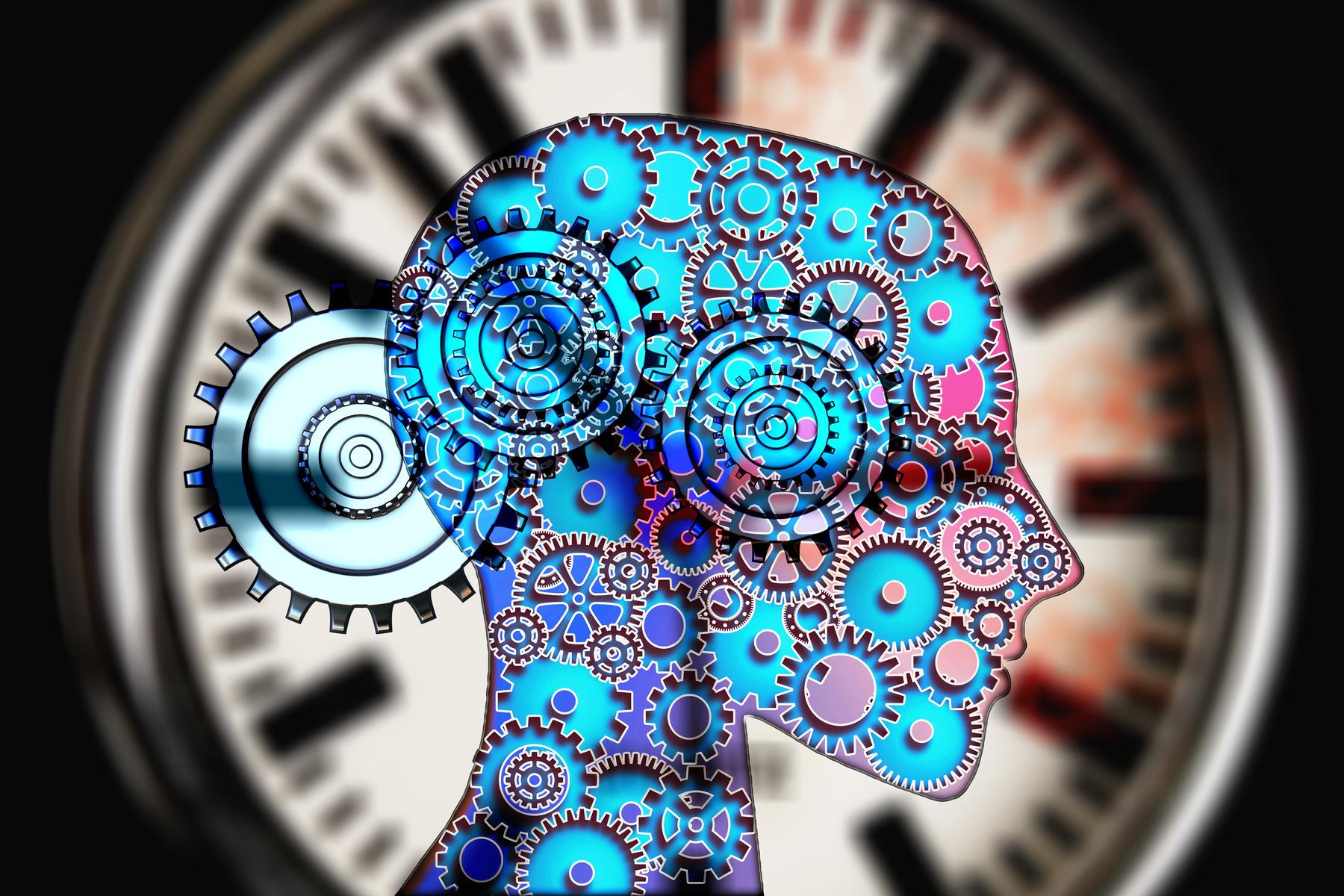
4 minute read
T H E I N S I G H T
See the world with psychology
The practice helps to determine whether an accused person should be convicted or pardoned for his or her actions. Chapter 490 of Florida statutes, aptly titled Psychological Services, provides a basis for the application of forensic psychology in the criminal justice system in an increasingly complex society where emotional survival plays a key role in human behaviour.
Advertisement
Many forensic psychologists are in private practice and are hired by attorneys or by the court system to evaluate defendants and provide an expert opinion for clients. These opinions may explore, for example, whether a defendant has a mental disorder that prevents him or her from going on trial or what a defendant's mental state may have been at the time of the offence. In civil cases, forensic psychologists may also evaluate plaintiffs in workers' compensation cases, as well as children and their parents in divorce and custody cases.
Psychological and psychiatric findings have had a significant influence on the legal system, particularly since the beginning of the 20th century. Among significant changes include the push towards deinstitutionalisation of the mentally ill, which coincided with the development of more advanced psychiatric medications and a greater understanding of the causes and potential treatments for mental disorders. Both psychology and law, both examine human behaviour. The first seeks to understand it, and the second seeks to regulate it where necessary. Psychologists study people’s needs and desires, why they follow laws, and how they understand fairness and justice, and these findings, in turn, can help policymakers write laws that are in the public interest.
“ S c i e n c e g a v e u s f o r e n s i c s . L a w g a v e u s c r i m e . ” ― M o k o k o m a

The Psychodynamic Approach to Psychology
-By Sara
Psychology's most famous figure is also one of the most influential and controversial thinkers of the twentieth century. Sigmund Freud, an Austrian pioneer neurologist developed significant theories which created the base of the Psychodynamic Approach. Many other major thinkers have contributed work that grew out of Freud's legacy, while other's developed new theories out of opposition to his ideas. Either way Freud's work set the stage for creating a whole new ideology and perspective of psychology. The primary assumption of Freud's work is the belief that all people possess unconscious thoughts, feelings, desires, and memories. Based on this concept Freud developed his theory of Psychoanalysis. It is a set of psychological theories and therapeutic techniques developed by Freud which help people find relief from psychological distress by tapping into the content of their unconscious mind.
Freud believed that the human mind was composed of three elements: the id, the ego, and the superego. According to the psychodynamic approach these three interacting agents of personality develop at different times and play different roles, but work together to form a whole and contribute to an individual's behavior. The id creates the demands, the ego adds the needs of reality and the superego adds morality to the action which is taken. An imbalance between these elements would lead to a maladaptive personality. Based on these ideas Freud developed a collection of theories between 1890 and 1930. His theories were clinically derived; meaning that they were based on what his patients told him during therapy. Most of these patients would have been suffering from depression or anxiety related disorders as that is what a psychodynamic therapist would usually be treating patients for.



" T h e i n t e r p r e t a t i o n o f d r e a m s i s t h e r o y a l r o a d t o a k n o w l e d g e o f t h e u n c o n s c i o u s a c t i v i t i e s o f t h e m i n d . " - S i g m u n d F r e u d
Sigmund Freud developed many techniques while using psychoanalysis as a therapy.
Since psychoanalysis is interested in the exploration of the unconscious; the key techniques used were interpretation and analysis of dreams, interpretation of Freudian slips and mistakes, interpretation of symbols, analysis of transference and the free association method which replaced hypnosis in Freud's theory.
Many people often confuse the words psychodynamic and psychoanalysis as perhaps interchangeable or synonymous. In fact, however, psychoanalysis refers to the theories that Freud developed; whereas the term psychodynamic refers to theories that both Freud and his followers developed.
As with psychoanalysis, psychodynamic theories propose that there are psychological forces underlying human behaviour, feelings and emotions. However, the psychodynamic perspective marks a pendulum swing back towards more systematic and abstract concepts and their influence on the more concrete behaviours and actions. Carl Jung, Freud's designated successor to lead the growth and development of the newly developed discipline, is also the most noted psychodynamic theorist after him. Alfred Adler and Erik Erikson and Karen Homey are also very well-known theorist of this approach. Often they are also referred to as the neo-Freudians. Together the work of all these great people have stemmed a whole new field; Psychodynamic Psychology.

